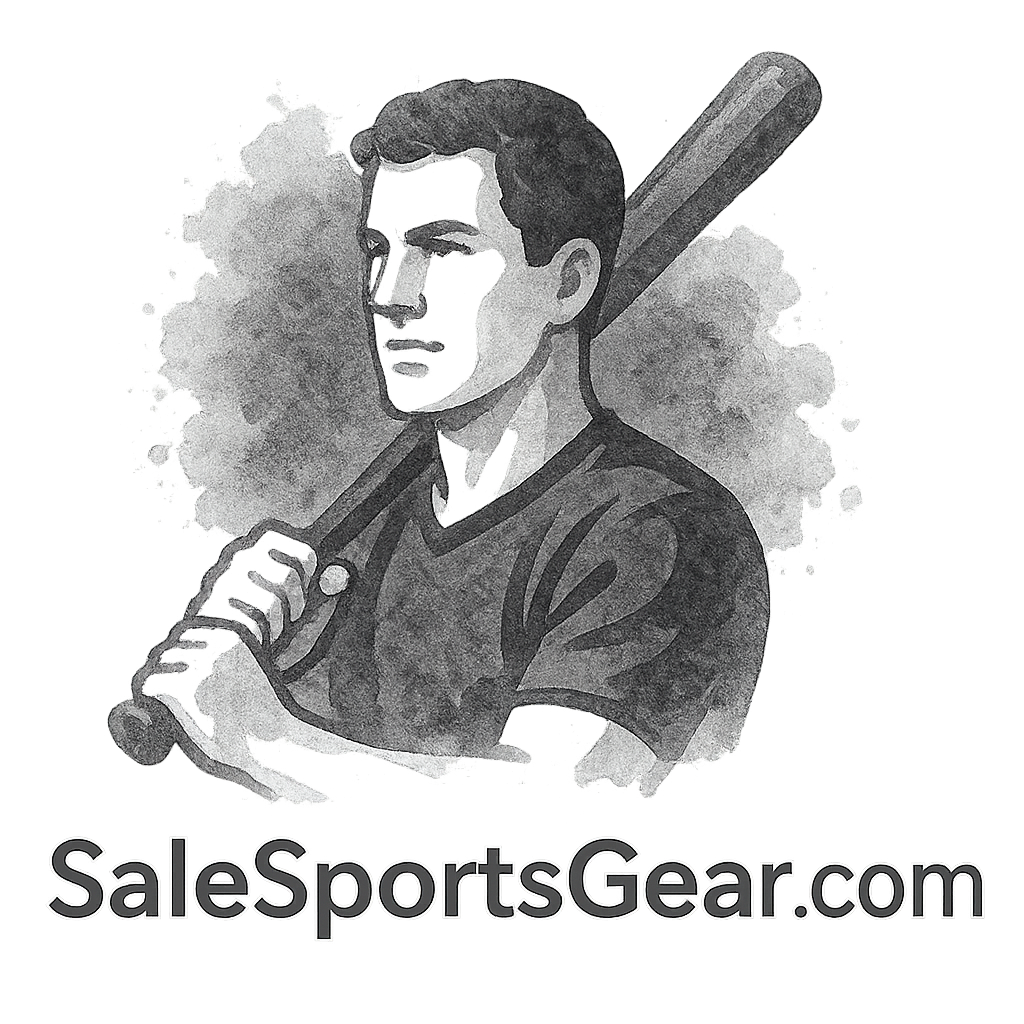Track and field isn’t just about running fast or jumping far—it’s about competing smarter. And to do that, you’ve got to be equipped like a pro. Whether you’re an up-and-coming sprinter, a seasoned long jumper, or a youth athlete stepping onto the track for the first time, this guide walks you through 6 must-have sports gear for track & field athletes that’ll take your game to the next level.
Why the Right Gear Matters in Track & Field
You wouldn’t show up to a car race in a bicycle, right? The same goes for track and field. Your gear literally moves you forward—and the wrong choice can cost you performance, comfort, and even safety.
The Edge That Gear Gives Athletes
From aerodynamics to injury prevention, gear isn’t just about looking good—it’s your competitive edge. Investing in the right equipment can help shave seconds off your time or give you that extra push over the finish line.
1. High-Performance Running Shoes
Shoes are the soul of any track athlete—pun absolutely intended. High-performance running shoes are engineered to optimize speed, support, and durability.
Designed for Speed and Endurance
Top-tier track shoes cushion your stride while delivering explosive toe-off. Brands now use responsive foams and carbon-fiber plates to give runners more spring per step.
Choosing the Right Shoe for Your Event
- Sprinters need spikes with aggressive traction.
- Distance runners benefit from lightweight cushioning.
- Jumpers and hurdlers need reinforced support.
Want a deeper dive into performance-enhancing accessories? Check out High-Performance Sports Accessories.
Maintenance Tips for Longevity
Don’t toss them in your locker and forget them. Air dry, rotate pairs, and clean regularly to keep your shoes race-ready.
2. Compression Wear for Recovery and Performance
If you’ve never tried compression gear, you’re missing out on one of the simplest game-changers in the sport.
Boosting Circulation and Reducing Fatigue
Compression shorts, tights, and socks work by increasing blood flow. That means more oxygen to your muscles—and faster recovery.
What to Look For in Quality Compression Gear
- Graduated compression
- Breathable, moisture-wicking fabric
- Durable flatlock stitching
Need more options? Visit the Accessories Tag for athlete-approved gear.

3. Lightweight and Durable Track Spikes
Track spikes aren’t just cool—they’re essential. These aren’t your everyday sneakers; they’re precision tools for speed.
Maximizing Traction and Speed
Spikes dig into the track, helping you explode off the line or grip tight curves. The result? Improved form, better stride mechanics, and maximum speed.
Differences Between Sprint, Mid-Distance, and Long-Distance Spikes
- Sprint spikes: Rigid plates, forefoot-focused
- Mid-distance spikes: Balance of flex and support
- Long-distance spikes: Lightweight with added comfort
Want more event-specific gear? Head to Sports Gear by Sport for curated collections.
4. Sports Gear Bags Built for Track Life
A cluttered bag is a cluttered mind. A smartly designed sports gear bag keeps your essentials organized and your mindset sharp.
Organize Your Equipment Like a Pro
Your go-bag should include:
- Shoe compartments
- Ventilated sections for wet clothes
- Pockets for snacks, tape, and tools
Discover elite picks at the Accessories Section.
5. Hydration Tools for Peak Performance
Hydration is often the difference between a personal best and a last-place finish. Don’t underestimate the power of staying fueled.
Stay Fueled, Stay Fast
Whether it’s a sleek water bottle, a hydration vest, or a quick-mix electrolyte powder, your hydration setup should be portable, lightweight, and reliable.
Portable Water Bottles and Electrolyte Packs
Reusable bottles with built-in filters? Yes, please. Pair with electrolyte sachets to keep sodium and potassium levels on point during long meets.
Explore hydration must-haves in Athlete Tools.
6. Weather-Ready Apparel for All Seasons
Training doesn’t stop for rain, cold, or blazing heat. That’s why you need apparel that works with the season—not against it.
Dominate in Sun, Rain, or Snow
Think moisture-wicking tanks for summer, thermal leggings for winter, and windbreakers for rainy days.
Want to gear up for any season? Hit up Seasonal Sports Gear for top picks.
Bonus Picks: Extra Accessories for Elite Runners
While not essential for beginners, these tools can elevate a seasoned athlete’s performance.
Resistance Bands, Stopwatches, and More
- Resistance bands: Great for warm-ups and strength work.
- Digital stopwatches: Track intervals like a pro.
- Massage rollers: Key for post-practice recovery.
Find more options in Sports Gear by Type.
How to Shop Smart for Sports Gear
Not all gear is created equal. It’s easy to get lured by flashy branding or steep discounts, but smart athletes focus on value over volume.
Think Quality Over Quantity
Choose gear that lasts, supports your goals, and fits well. And if you’re shopping for young runners, see our handpicked Sports Gear for Kids section.
Final Thoughts: Gear Up, Go Further
The right gear won’t magically turn you into an Olympian—but it will help you unlock your full potential. So whether you’re just starting or you’re chasing a state title, investing in the right sports equipment is a step toward your next PR (personal record).
For more tools, apparel, and accessories, check out the full lineup at Sale Sports Gear.
FAQs
1. What’s the best brand for track and field shoes?
Top brands include Nike, Adidas, Brooks, and New Balance—but it depends on your event and foot shape.
2. Can kids use adult sports gear for track?
Not recommended. Always check out gear designed for youth at Sports Gear for Kids.
3. Are track spikes allowed at all meets?
Most high school and college meets allow them, but always check event regulations.
4. How often should I replace my running shoes?
Every 300–500 miles or when you notice wear in the sole and heel.
5. Is compression wear really worth it?
Yes—especially for recovery. Many athletes notice reduced soreness and quicker bounce-back.
6. What gear should I bring to a track meet?
Spikes, warm-up gear, water, snacks, a stopwatch, and a good duffel bag.
7. Where can I find seasonal track gear?
Check out Seasonal Sports Gear for all-weather options.


